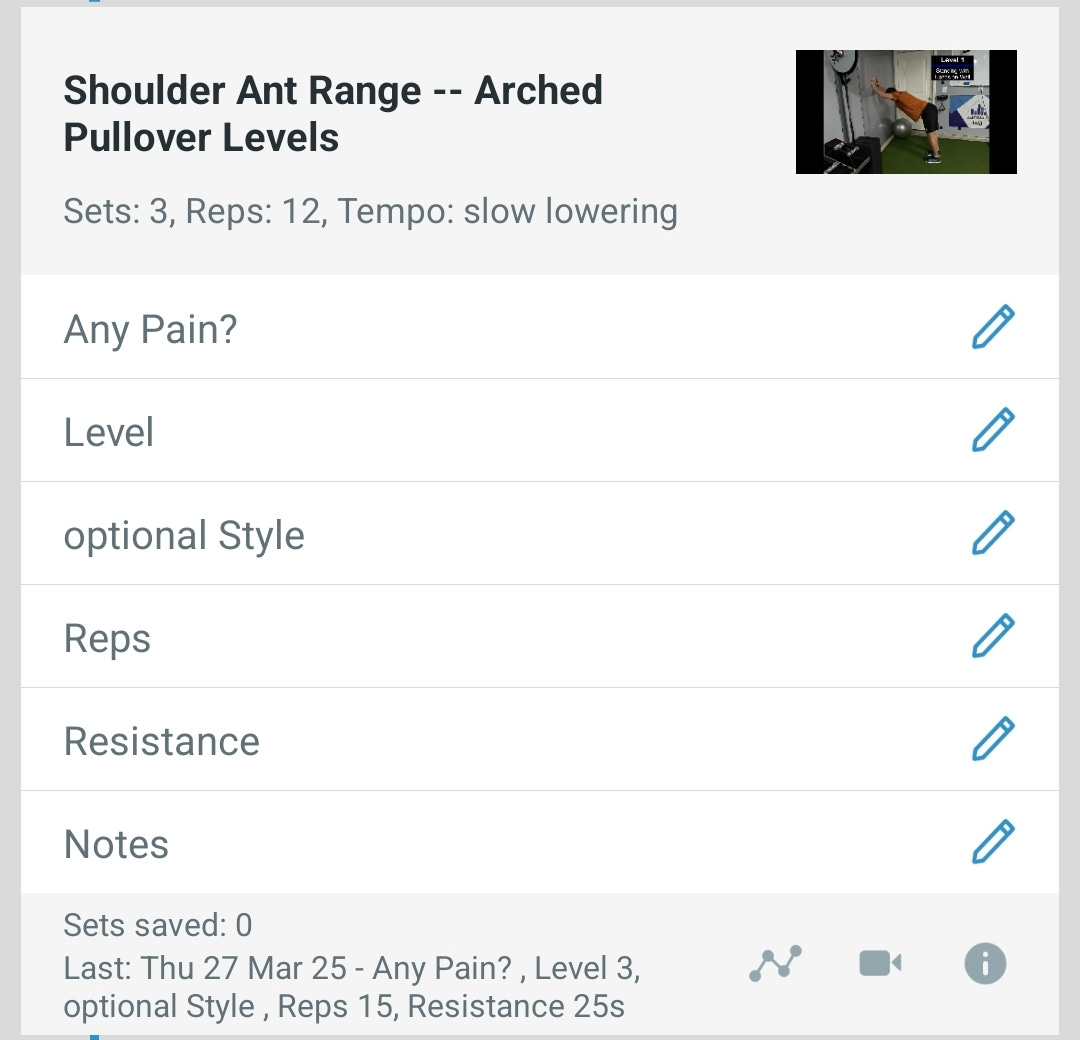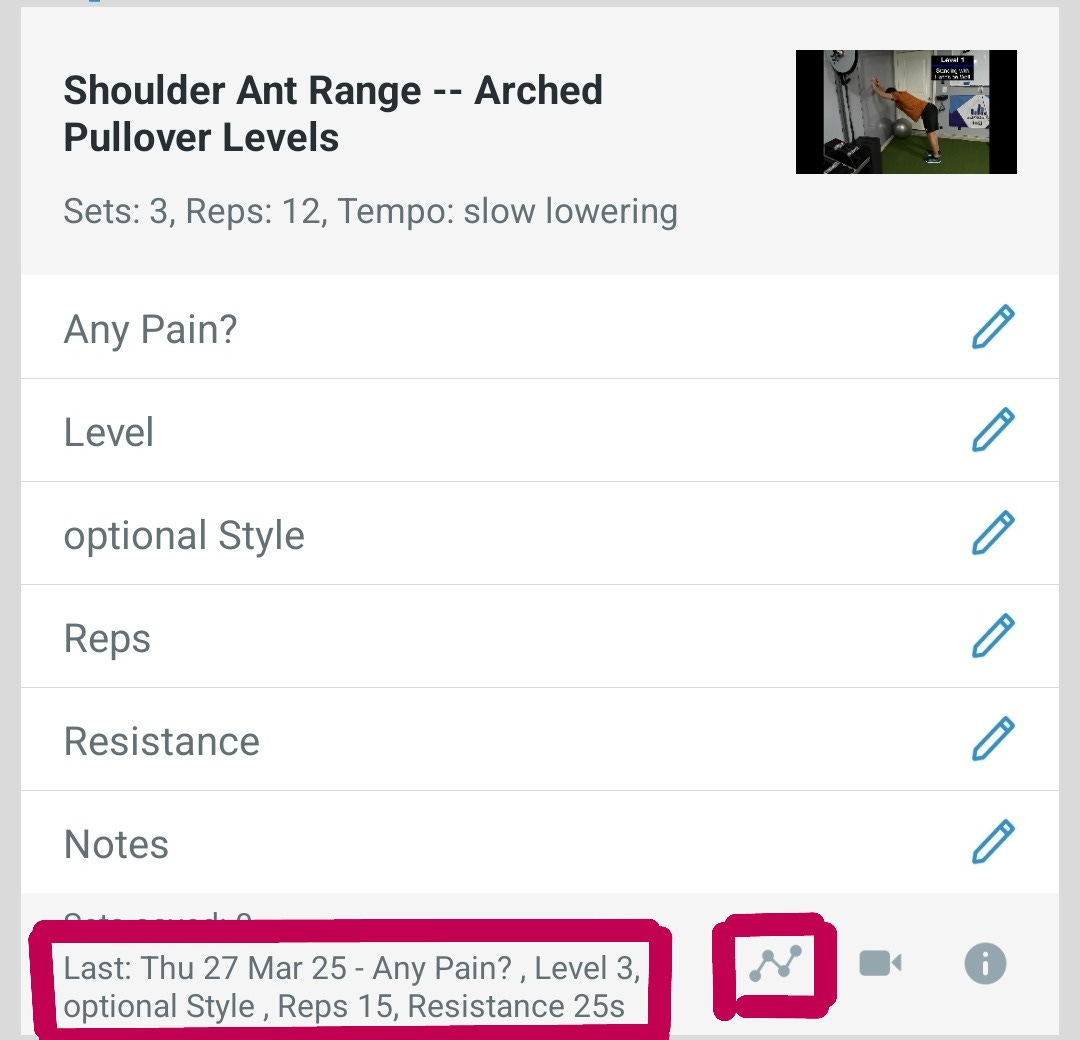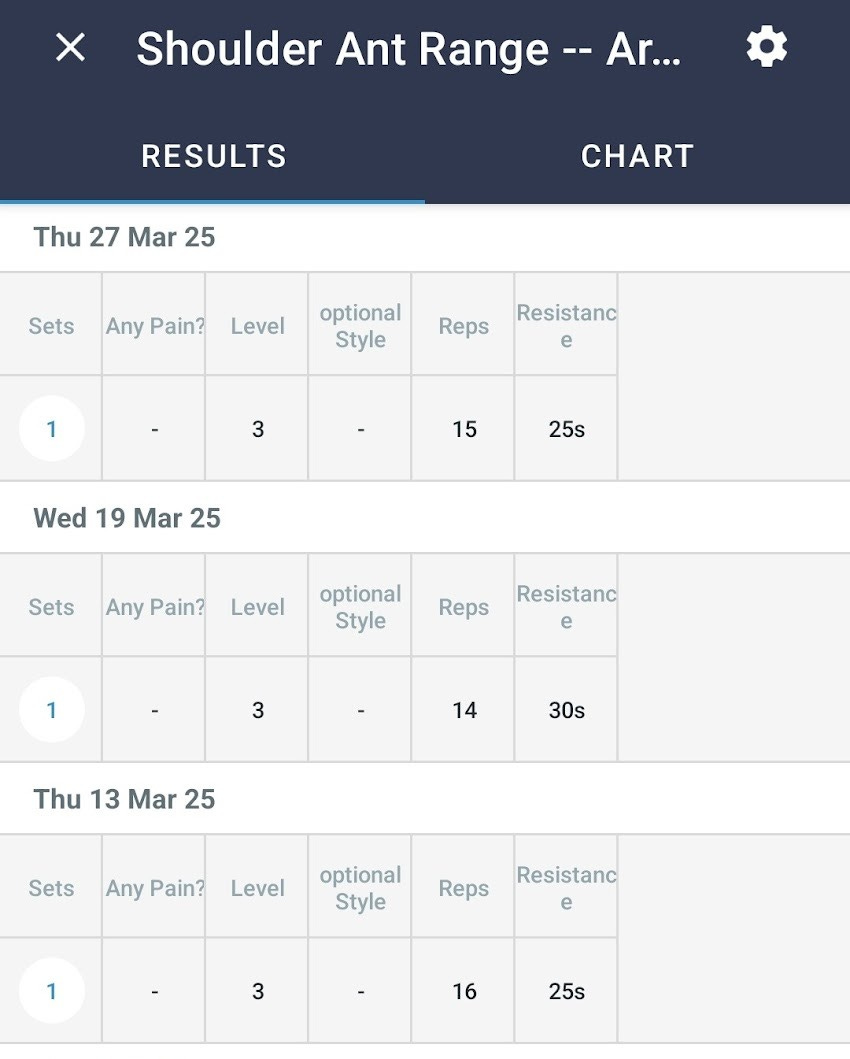This is Part 4 on how training can change your life. Here are the previous parts that build up to today if you haven’t read them yet:
Part 1 (setting your KPIs)
Part 2 (designing your plan for success)
Part 3 (the real life approach to doing)
In part 3 we started into the first action of the Do + Collect Feedback Step:
DO + Collect Feedback
Stop planning and show up to follow your plan to the best of your ability.
Consider how your mindset, effort, and adaptability are impacting your ability to Do. Run them through your life filter when useful.
Today we will complete this Do + Collect Feedback step by exploring what useful feedback might look like for you, while going about it as painlessly as possible.
Collect Feedback = record any metrics that are useful to help you gauge effort and progress
Collecting feedback by recording what you do is a great way to more objectively gauge the effort you're giving, and combined with consistently showing up, lays the groundwork for pursuing progressive overload.
Progressive Overload is the concept of increasing the difficulty gradually over time so that your mind and body keep adapting to allow you greater and greater ability (aka progress).
Useful Feedback - Gauging Effort
When you know what resistance you used, how much you did, how long you did something, or how fast you did it; you can compare that over time with past recordings.
You will have data to see what you have been capable of doing before and it will help set a standard of what you can expect to do or improve on going forward.
If you notice your output is lower you can then check-in with yourself as to whether this is due to how you feel that day, your effort plan, needing to adapt to life, or whether you are slacking a bit.
This feedback can help you understand how things are going and why you are getting the outcomes you are getting.
Useful Feedback - Pursuing Progressive Overload
Progressive overload is often thought of with strength training by gradually increasing the resistance. While this is a great example, progressive overload applies to any variable we can make more challenging (such as improving how fast we can complete something, the range of motions we can achieve, or the duration we can sustain an effort for).
By continuing to challenge yourself (without pain or loss of good technique) you give your mind and body a reason to keep trying to change (improve) to better handle those regularly occurring demands you are experiencing.
When you collect relevant metrics for feedback on a consistent basis you can use that to know what to do when you want to increase the difficulty of the movement. The next challenge is based on your current ability (not someone else’s) which will give you the most helpful idea of what progress looks like for you.
Sheer training should be about your own journey toward improvement. It's not about competing with others.
Training can help you compete better. But the training itself should not be competing with anyone other than your past self while also respecting how your body feels.
When you regularly record what you’re doing you reveal your past self.
How to collect feedback without pulling your hair out
Sustaining the practice of recording what you do and looking back on it can be tedious and overwhelming if you’re not careful to try and approach it in the following ways:
Only record information that helps you understand outcomes and make further decisions
Make it as quick and painless as possible to record information
Understanding Outcomes and Impacting Further Decisions
Echoing what was said when gauging effort: what you record should help you understand how things are going and more about why you are getting the outcomes you are getting.
Once you understand the outcomes you are getting, the feedback you’ve collected should help you decide whether:
you are happy with how things are going
you need to direct more effort into improving something
you need to seek out more understanding on how to improve something
If you record so much information that you avoid looking at it later, then that information (helpful or not) becomes not useful to you. Simplify to the bare necessities if that’s what it takes for you to understand and use the information.
Some typical useful metrics to keep track of could be:
Adherence and Readiness
How many sessions you complete from your training plan (completed sessions out of total sessions from the plan)
How much sleep you are getting each night
Physical Outputs
How much resistance (or assistance) you used and for how many repetitions
How many sets of the movement you completed in the training session
How fast you completed a distance
How high you jumped for a jumping drill
How long you did something for
How deep into the range of motion did you go to complete the movement
Effort
How difficult the effort felt (more subjective but can be helpful to provide more context with the other feedback you record)
How did the session feel overall today? (scale of 1-5 for each session and add any notes for context)
Ideas for Making it as Quick and Painless as Possible
[Idea #1] Reduce as much redundant writing as you can.
Use a training software that already has what you are doing and only requires you to record how you did it.
Fit for Life Program Example: record the movement’s metrics that are relevant to you by selecting the pencil icon
If using phone notes or a training journal, keep the movements of the program listed (not rewriting them each session) and record how you did them next to them with weekly categories.
Example: record your movement data in each week’s box for the month (W1, W2,W3, and W4)
[Idea #2] Record your useful metrics during your rest time or immediately after the session.
(rule of thumb: the more data points you are recording the more ideal to record it during rest periods - this way you don’t have to remember as much information at once).
This is a form of task batching and will promote a more efficient use of your time.
Task Batching is where you group tasks that require similar resources, or a similar train of thought, to complete them together while you already have the necessary resources or mind frame - reducing the time to start for each task (in today’s case, recording each metric are the tasks).
If you really want to scale this idea to its most minimal, just record your best set or effort for each movement you did that day.
This won’t paint the full picture of what you did for that session, but it will still provide you with personally relevant metrics to base future efforts on and requires the least amount of time to keep track of.
[Idea 3] If you enjoy technology, you can utilize it to auto capture helpful metrics for you.
Heart Rate and GPS devices (such as chest straps, arm straps, watches, and rings) can be very helpful for capturing output data (such as time and distance) and effort data (such as max and average heart rate) for aerobic movement and other forms of conditioning.
Most companies will auto log these sessions on their software in a training diary that you can look back on for reflection.
However, you may find yourself feeling a little overwhelmed with all the information they offer for each session. If this is the case, I recommend transferring the few metrics that matter to you onto your training program, or in your notes, so that you have less to look at when reflecting on how the past sessions compare.
Many of these same heart rate based devices offer a full suit of bio tracking now too.
You can track your sleep, resting heart rate (a great indicator for aerobic health), heart rate variability (HRV - a great indicator for how relaxed and recovered you are), general daily activity, and more.
These metrics may not matter to you right now, but if you ever decide any of them are useful, then some of these devices may help you capture the data you need without having to think much about it. Then you can mindfully reflect on it later.
Stay Organized for Easier Reflections
The last consideration I’d like you to think about when you are recording your useful metrics, during this Do + Collect Feedback step, is to make sure that you have an organized place where you’re recording these metrics so that you can easily reference them during sessions and later when reflecting.
Having a training program is great for this because you can record along with each session and movement. You know where the information is and can quickly compare week by week for each movement you are training. Hopefully if you are reading this you're using a training program by now 😏.
In the Fit for Life Training Software your last recording is easy to reference at the bottom of each movement. You can also select the data icon to see all past logs.
Past logs after selecting the data icon:
If you do record your feedback metrics somewhere other than your training program just keep this idea in mind: It should be easy to access and compare the data you care about.
With a sustainable approach to collecting useful feedback in place, we have now fully covered both the Plan and Do + Collect Feedback Steps of the Training Cycle. Here are the action steps we’ve covered so far:
PLAN
Identify meaningful activities, experiences, or specific abilities that your physical training can impact for the better.
Come up with 3-10 KPIs that you can track and reflect on to gauge relevant progress.
Find or build a Training Plan that aligns with your KPIs and you feel confident you can follow right now.
Clarify your Plan of Action so you know what days, times, and location(s) you will follow your training plan. Boost the effectiveness of this plan by answering:
How can I make it as easy and fast as possible to regularly get started working through my training plan?
Is there anything I can add to my training sessions to make them more enjoyable?
DO + COLLECT FEEDBACK
Stop planning and show up to follow your plan to the best of your ability.
Consider how your mindset, effort, and adaptability are impacting your ability to Do. Run them through your life filter when useful.
While following your plan, record any metrics that are useful to gauge your effort and progress in ways that are quick and painless for you.
Next week we will cover a timely method for how to Reflect with purpose.
Thanks for reading!
Brian









